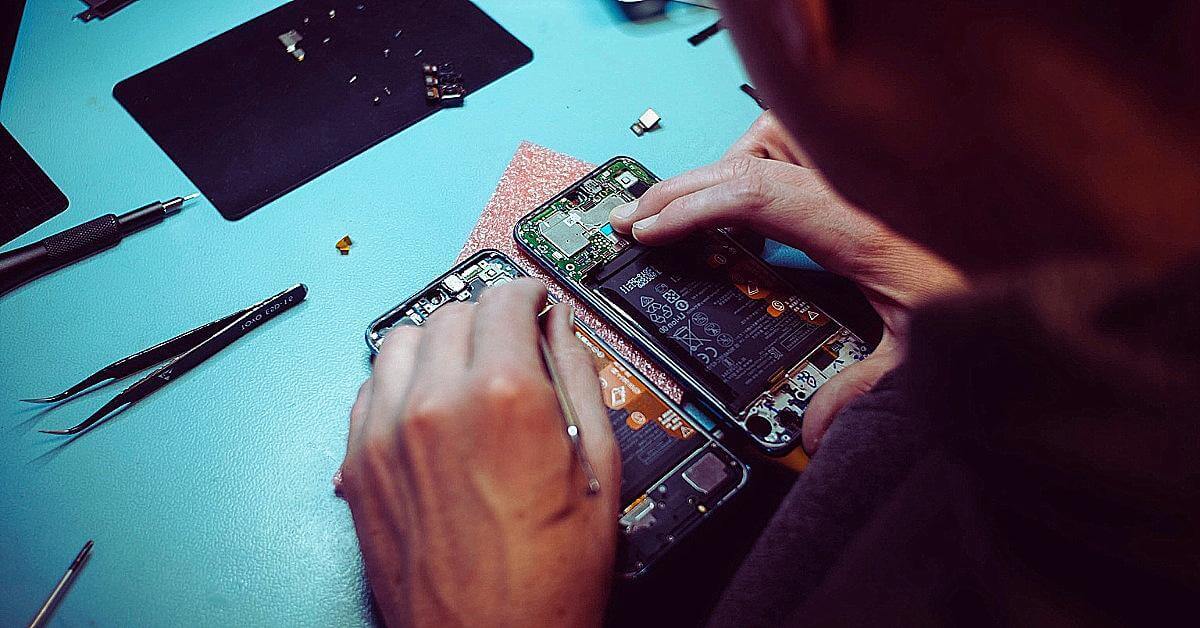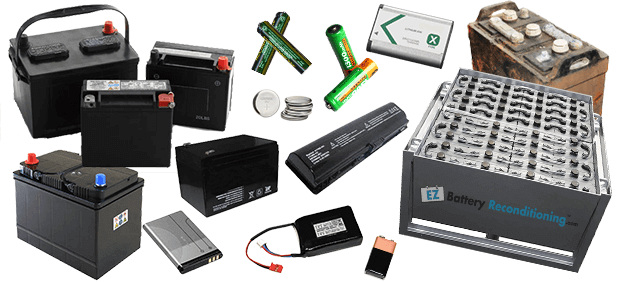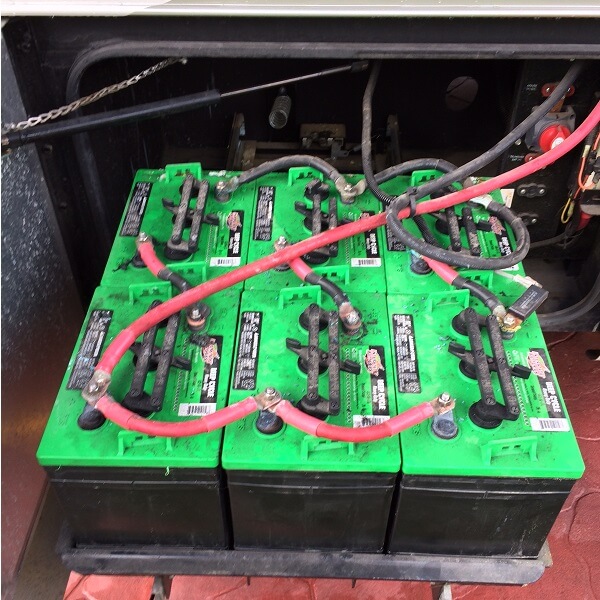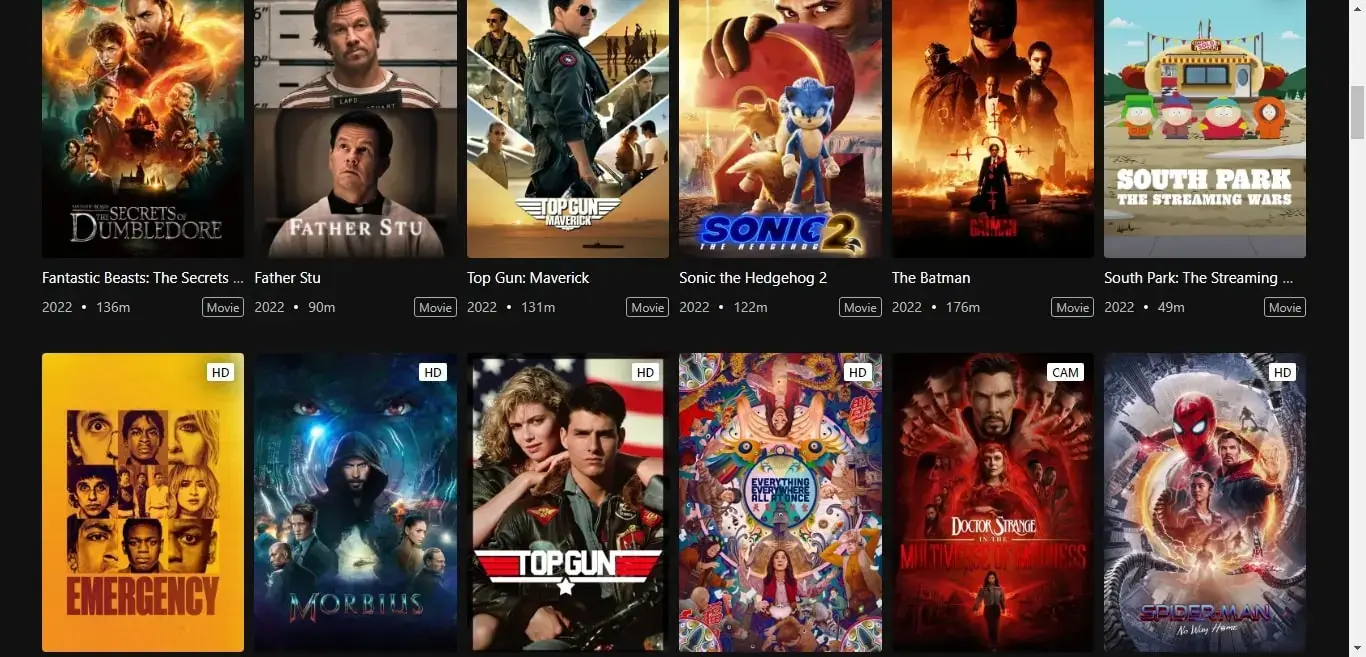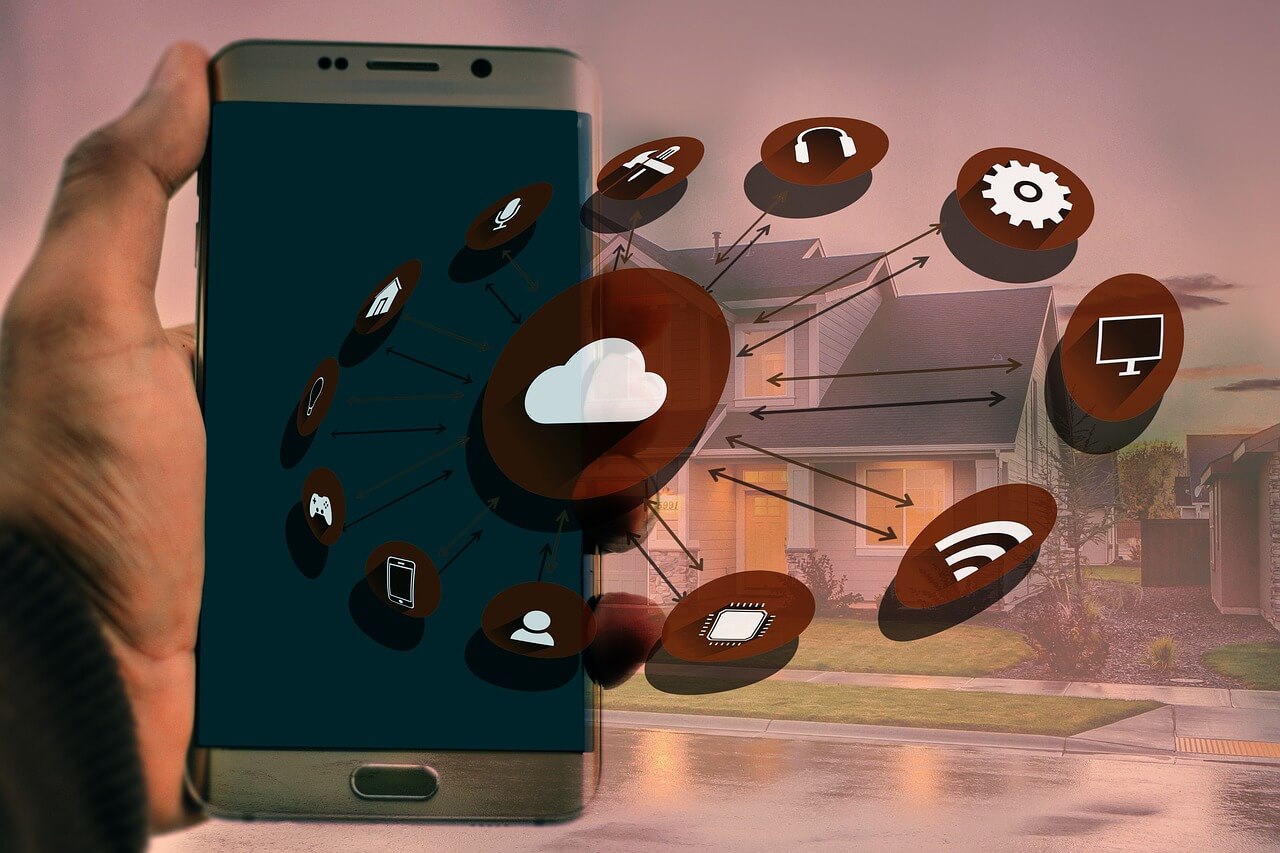7 ways to prolong the lifetime of lithium-ion, laptop, and telephone batteries
This blog post may contain affiliate links. If we find a product or service to be useful, we encourage you to visit the website via that link. If you make a purchase through our referral link, we may receive a commission. Rest assured, you will not be charged any additional fees. By using these links, you can support us while making your purchase. For more information visit here.
You will learn what you can do to prolong the lifespan of Lithium-Ion batteries in laptops and phones. And must-know tips, tricks, and essential maintenance information to get the most out of your Li-Ion battery. Some of the most expensive batteries to exchange are Mobile and Laptop batteries called Lithium-Ion (Li-Ion) batteries.
Prolong the lifetime of Lithium-Ion, Laptop, and Telephone Batteries
Many people don’t believe that inadequate care and poor charging practices dramatically reduce lithium-ion batteries’ battery life. And the most critical time for lithium-ion battery care is during initial use or after getting the battery, phone, or laptop.
So, you will learn ways to prolong and maximize your computer’s lifespan, cell phone, or other electronic items. That uses a Li-ion battery (like an electric razor) and a lithium-ion battery before time disadvantages.
Watch the free Presentation to Learn – for You’re In the United Kingdom.
So how does a lithium-ion battery work?
Lithium-ion batteries operate by supporting ion movement between negative and positive electrodes. Lithium-ion batteries should last forever. Higher temperatures and cycling reduce their lifespan.
How to prolong Lithium-Ion, Laptop, And Telephone batteries?
Follow the following guidelines to prolong the life of your lithium-ion battery:
- For the latest batteries, it’s essential to fully charge them before using cell phones, laptops, or other electronics. It illustrates the “battery” to the extent of the charge.
- To prolong the lifetime of a lithium-ion battery that gets used extensively, it’s better to charge it almost dead than for a brief time (one to 2 hours).
- While an occasional charge is appropriate, it’s essential to let the battery drain completely in order to fully charge it once a month. This may help maintain battery health.
- If you use it while charging the device, it’s very harmful to lithium-ion batteries. This overheats the battery, shortening its lifetime.
- If possible, use a charger with a variable voltage rating. While it’ll charge slower, it’ll charge at lower temperatures, conserving the battery.
- Never leave the battery in sunny or hot areas. Heat can damage the battery life.
- Finally, if you’re not visiting use the battery a few times or store it, and confirm that the battery is charged over 40% before removing it.
- When lithium-ion batteries are kept out of charge for an extended period of time, they cannot retain their charge when reused.
Suppose you follow the following points. Primarily if you use them immediately after getting your new battery, phone, laptop, or other electronic employing a lithium-ion (Li-Ion) battery). In this case, you’ll maximize your battery lifespan and forestall premature aging.
When your battery fails or suffers, what should you do?
If a battery is aging or dying too soon, it is possible to bring those old batteries back to 100% working condition using a Battery Reconditioning program. In this program, you’ll learn how to bring old cell phones, laptops, cars, deep-cycle, golf carts, marine, and forklift batteries back to life (+many other forms of batteries too)! Battery reconditioning methods are easy to try, and they will save you a lot of money over your lifetime.
7 Ways to prolong the life of deep cycle lead-acid batteries
If you employ an off-grid energy system, you may need an electric battery bank with deep-cycle batteries. The original standard deep cycle batteries used in off-grid energy systems are (deep cycle) lead-acid batteries because they’re reliable, affordable, and ready to discharge and repeatedly recharge constantly.
But a lot is asked of deep-cycle lead-acid batteries in off-grid energy systems. Regular prolonged discharge and then recharging place a great deal of stress on the batteries. But if you take proper care of the batteries, and do some tips and tricks we’ll teach you during this article, you’ll maximize your deep-cycle batteries’ lifespan.
During this article, we’ll show you our top 7 ways to prolong the lifetime of your lithium-ion, laptop, and telephone batteries. But we’ll also point out some of the most common mistakes people make once they use lead-acid deep cycle batteries in their off-grid energy system (so you don’t make identical mistakes)!
Prolong your Lithium-Ion Laptop and Telephone Batteries.
The battery bank is the Achilles Heel of Solar/Wind/Off-Grid Energy Systems. Before we offer you our top 7 tips and tricks, we would like you to understand why this information is relevant to you. This is to prolong the lifetime of your Lithium-Ion Laptop Telephone Batteries.
- One of the most expensive parts of an off-grid energy system is the battery bank.
- And the batteries are typically one of the first things to fail in a system.
Improper battery care often kills the battery bank before it is fully charged. This forces people to shop for replacement expensive batteries and cripples their off-grid system until they replace the dead batteries. So proper care is crucial to prevent premature battery aging and maximize lifespan.
Also Read: How to prolong the lifespan of mobile phones by reviving their battery life?
Quick Tip: If your deep cycle lead-acid batteries die …or if you want to avoid wasting money on your battery bank, you can:
- Get old batteries for free (or at a reasonable price if you know where to look) ·
- Recondition them back to 100% of their original working condition. ·
- And build your battery bank with those batteries rather than buying expensive batteries. Now let’s discuss the 7 ways to prolong Lithium-ion Laptop Telephone Batteries lifespan.
7 Ways to prolong Lead-Acid Deep Cycle Batteries’ lifespan
So let’s consider these seven facts to prolong battery life.
a. Use a top-quality battery.
So, this tip is quite obvious, but the adage ‘pay for what you get’ holds true when it comes to a deep cycle battery. Cheap off-brand batteries from China flood the market very quickly, and you want to avoid them. Generally, they have a much shorter lifespan than quality batteries that you pay upfront.
Flat-plate batteries last 10-12 years. Costlier tubular plate batteries can last 20-25 years if properly maintained. Paying for prime-quality batteries will seem expensive for 10-25 years, but it’s cheaper than buying cheaper low-quality batteries.
Low-quality batteries need to be replaced every two years (because they die early). If you want to avoid wasting money on your battery bank, don’t buy “cheap” batteries. Instead, get quality batteries and return them to their original condition.
Don’t know what battery to use? If you do not know what kind of batteries are best for your off-grid energy system, read our article about the three best batteries for off-grid energy systems.
b. Definitely Prevent Corrosion
Even if you utilize the original expensive, high-quality batteries in your battery system, if it won’t be of much use or the batteries aren’t taken care of, rust or acid will build up inside them. Take care to individually coat the terminals, wire lugs, nuts, and bolts with a non-hardening sealant before assembling all of your battery bank components.
You can also apply an even thin coating of the mixture to the battery terminals for extra protection. Finally, seal the exposed wire to a terminal with submersible rubber splice tape or something similar.
All of this must be done before assembly, as this ensures that each part is equally protected. If you apply protective material after assembling the system, there’s a reasonable chance that dirt will get into small places that weren’t coated correctly.
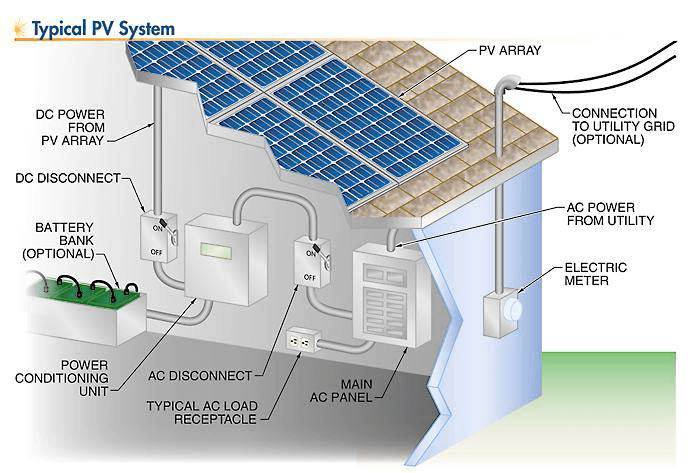
c. Make Sure the Battery Bank and PV Array are Correctly Sized
If you’re installing a solar battery or wind turbine, ensure that your battery bank can hold six to ten days of load.
This ensures:
a. There will always be a reliable backup supply of electricity available to you.
b. You will be ready to use your batteries slightly more slowly, so you do not need to empty them constantly.
If the battery bank capacity is large enough and usage is low (less than 10% capacity per day), the battery life should be at least ten years. Installers should design and install battery banks to comply with and maximize standards.
d. Recharge fully the batteries every three weeks.
At the very least, charge your battery every three weeks. This reduces corrosion on the internal surface and ensures parity.
e. Keep your battery at an ideal temperature.
Because the battery deteriorates very rapidly at extreme temperatures, you should keep your battery in an area where the weather is stable. Except for the enclosed ground structure, you can also create a structure that’s partially underground. In this way, the looking temperature will remain the same regardless of the weather outside.
Furthermore, ensure that the charge controller or inverter system is a built-in Temperature Compensation Facility. It is necessary because the charge-voltage limit of a battery increases with a drop in temperature and decreases with increasing temperature.
f. Don’t set up too many parallel battery strings
Ideally, your battery bank should only be made up of a series of cells. The more cells involved, the more likely a random defect is. Equivalence is more likely to be lost, which ends in cells failing prematurely. If you can’t stick to only one series of cells in your battery bank, limit it to three parallel battery strings.
g. Install a renewable energy system digital monitor
A renewable energy system monitor will allow you to monitor your system (including the battery bank). It’ll also enable you to troubleshoot any problems, including your system, so you can troubleshoot them before they turn into a big problem.
It will be imperative that you receive electricity from your off-grid installation and sleep in a distant area. It might also facilitate you to maintain your battery, so there is no chance of having any surprise repairs that are costly and could be avoided.
What else can you do to keep your lead-acid deep-cycle battery lasting longer?
There are additional ways in which you can extend the lifetime of your deep cycle accumulator. We cover these methods in the Easy Battery Reconditioning Program. You’ll bring old or dead lead-acid deep-cycle batteries back to life with the simple Battery Reconditioning Program.
It may allow you to “give life” to your old batteries, so you do not need to purchase new batteries for your battery bank. Our system also allows you to build a whole battery bank using used batteries you can get for free (or dirt cheap).
In this way, you can prolong Lithium-Ion, Laptop, and Telephone batteries’ lifespan.
Was it helpful to you? If you liked this paper, please tell us. Thank you for reading. Feel free to share your suggestions or experiences in the comments, and we will feel very grateful to hear them. Have a nice day.
Understanding the importance of copyright law is absolutely vital, as it strictly prohibits any reproduction or replication of works without the explicit permission of the author. Any unauthorized duplication of content will lead to legal action for copyright infringement under Section 14 of the Copyright Act.
